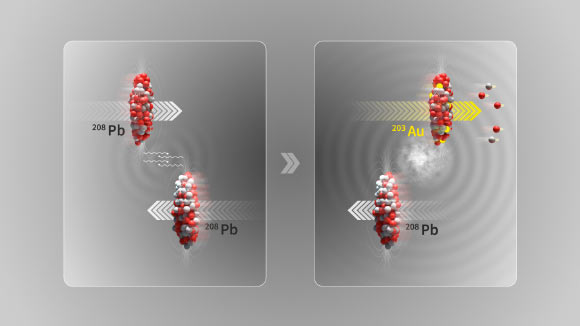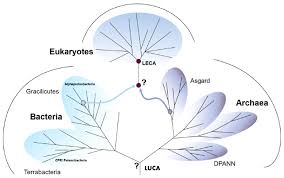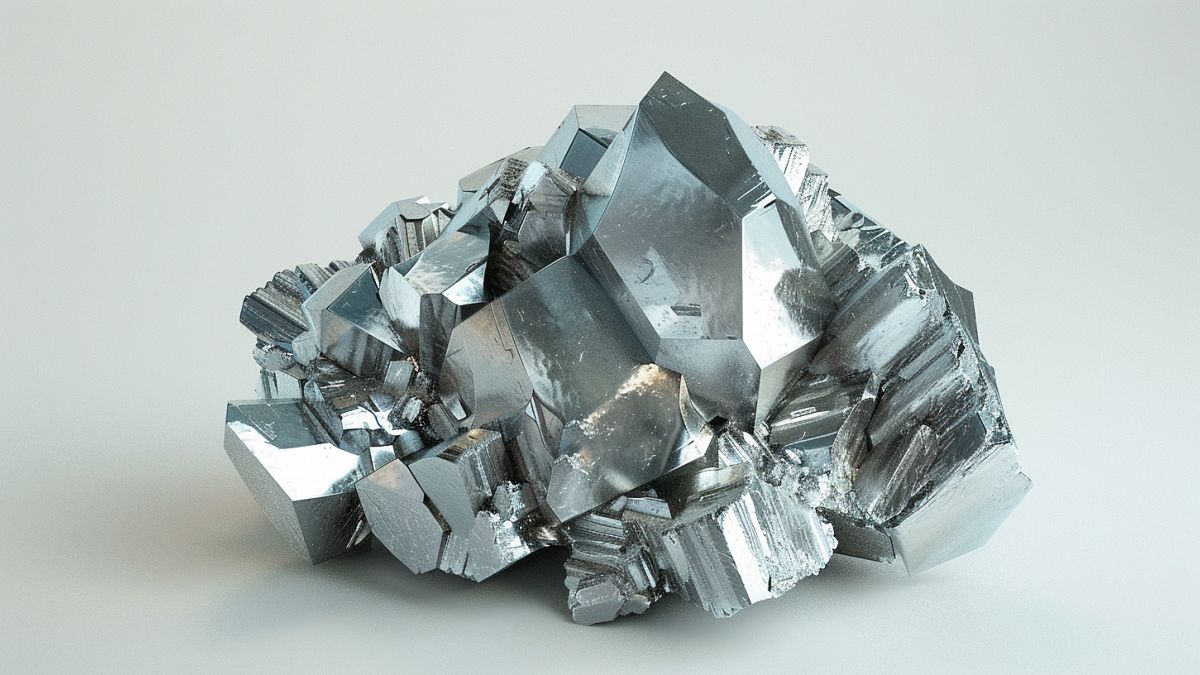
Here are nine natural mysteries across the world that scientists have yet to fully explain.

Scientists have developed a new material that incorporates living cells, so it's biodegradable and can help break down waste too. Oh, and you can eat it, if you're curious like that.

Researchers from Germany have simulated ancient environment in a vial, and found that archaic life forms that live in the deep sea today can thrive under these primordial conditions.

According to a large study involving over 85,000 people in the UK, the more steps you take each day, the lower your chances of developing up to 13 different types of cancer.

A US infant with a rare condition has become history's first patient to be treated with a personalized gene-editing technique.

A new bioprinter uses ultrasound to print tissues, biosensors, and medication depots deep in the body.

Near-miss collisions between high-energy lead nuclei at CERN's Large Hadron Collider generate intense electromagnetic fields that can knock out protons and transform lead into fleeting quantities of gold nuclei.

Have you ever imagined what Antarctica looks like beneath its thick blanket of ice? Hidden below are rugged mountains, valleys, hills and plains.

Sophie Cohen-Bodénès and Peter Neri, neuroscientists at École Normale Supérieure, in France, report possible evidence of cuttlefish communicating by waving their 'arms' at one another.

Lengthening days are linked to the oxygenation of Earth's atmosphere, according to a study from 2021.

An international collaboration has published groundbreaking research, shedding light on the most significant increase in complexity in the history of life's evolution on Earth: the origin of the eukaryotic cell.

The fact that this bacteria so closely resembles that transition point, from two single cells with different genetics to one inseparable cluster, is fascinating: embryo comparisons have provided many clues about our evolutionary history.

Japanese researchers have made a compelling case that Earth’s oceans were once green, in a study published in Nature.

A new study reveals some surprising discoveries about healing processes that are potentially triggered by the process of necrosis, or premature cell death.

Now dubbed "New Kazakhstan," the deposit is said to have almost 1 million tonnes of cerium, lanthanum, neodymium and yttrium, elements used as components in devices such as smartphones, digital cameras and computer hard disks.